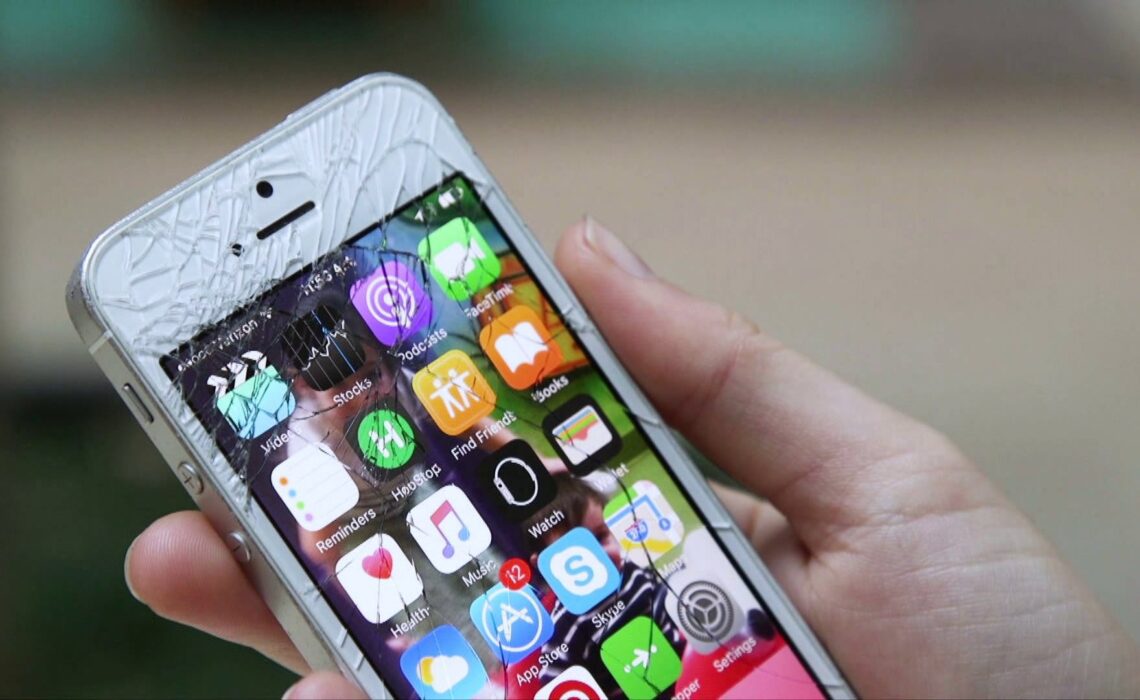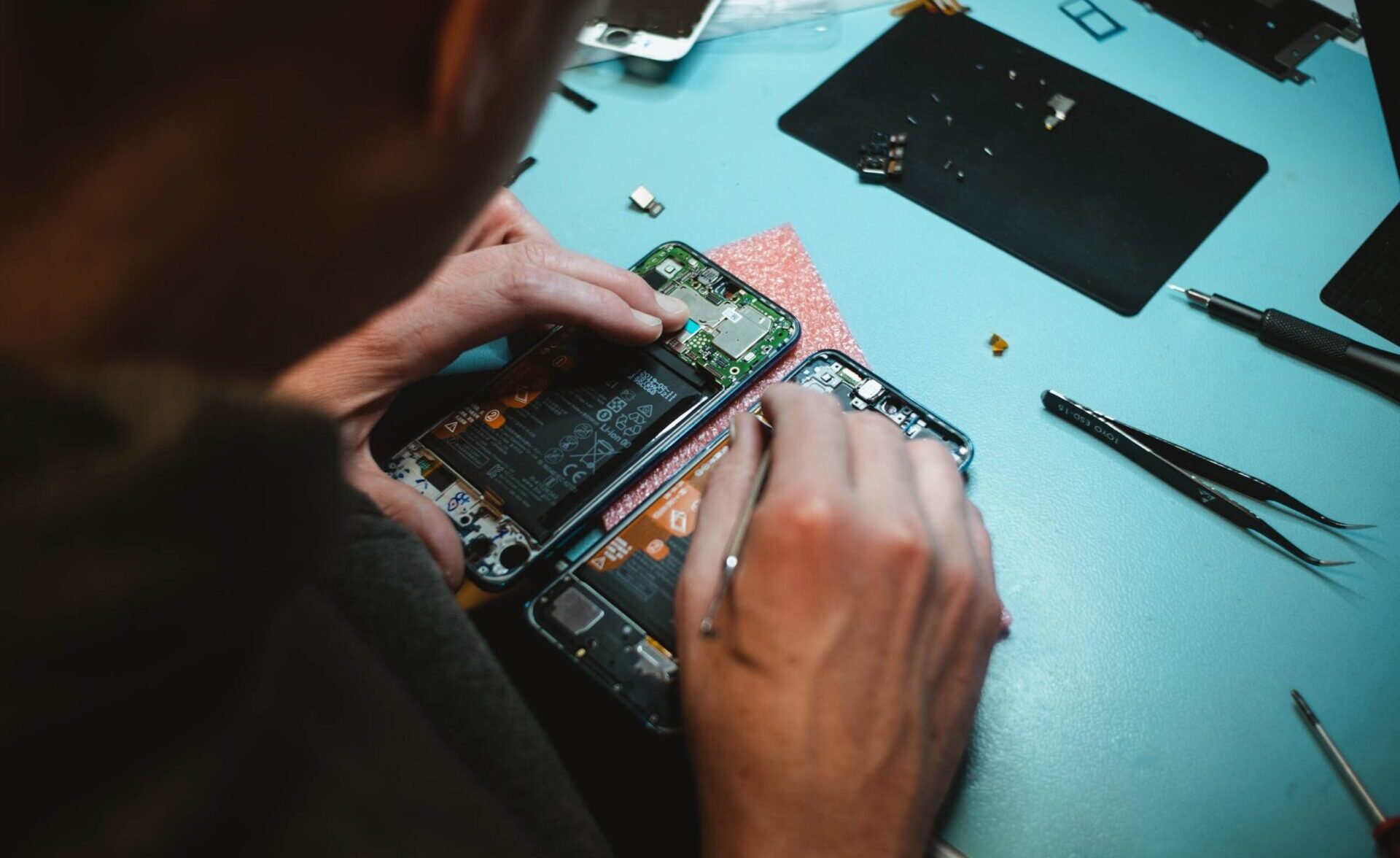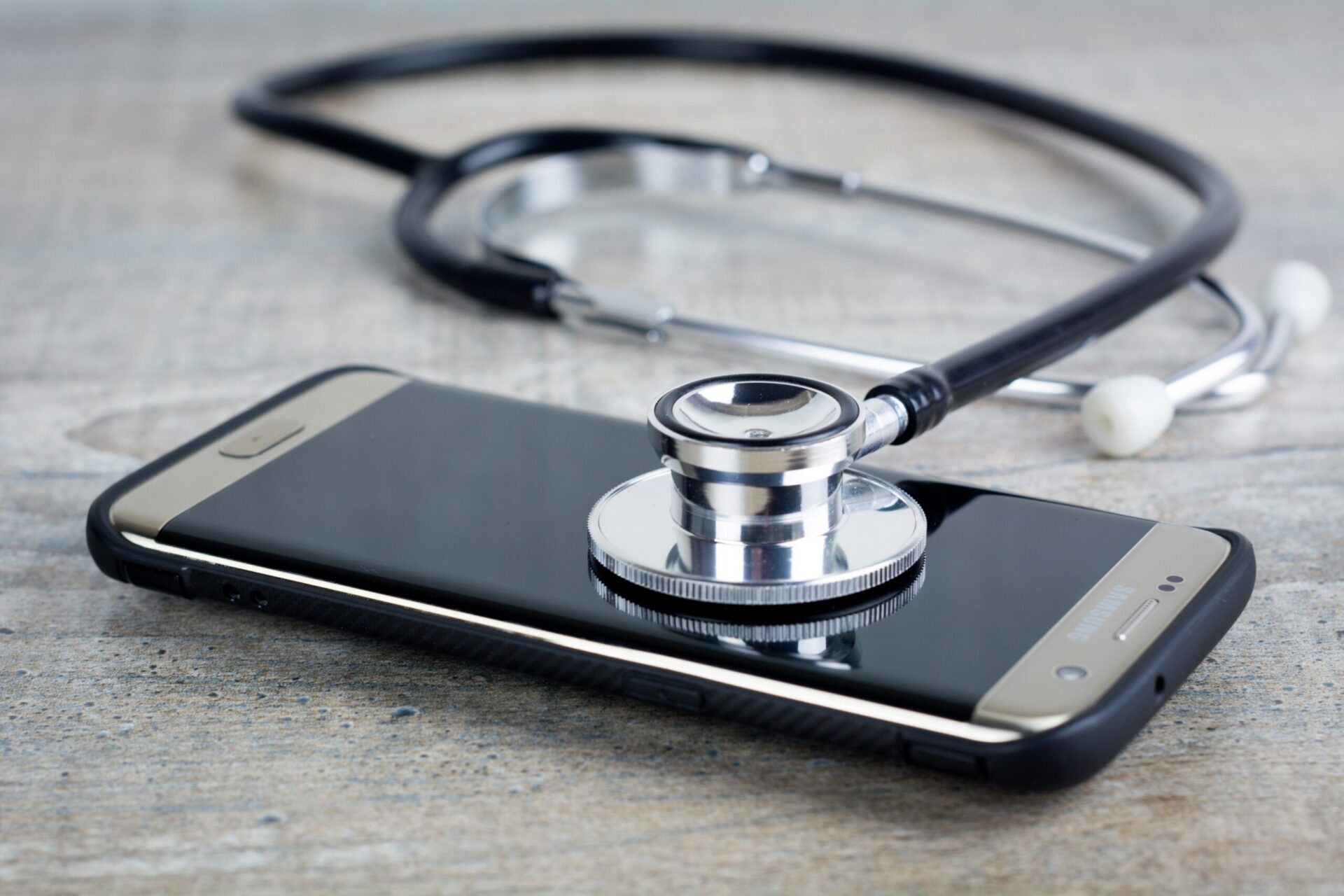
We’ve all been there. You know, that moment when you pull your smartphone out to text a friend, look up an address, or answer a call, and suddenly your phone flies out of your hand, crashes to the concrete—and cracks instantly spiderweb across the screen? Yeah, me too.
Confession: I once dunked my cell phone into a full mug of tea. It never worked the same, even after I left it in a bowl of rice for three days. (Now that I work with Jenn, I know rice is no longer a good fix.)
According to Pew Research, a record 85% of people in the United States own smartphones. That’s more than 280 million people walking around with VALUABLE devices they might drop, dunk, or drive over—not to mention lose. So what gives? Is that additional monthly cell phone insurance a rip-off or reward?
Here’s what we found:
Is cell phone insurance worth it? Yes-ish.
If you want to save the most money yet still make sure your smartphone’s covered, your best bet is to use a credit card that provides free cell phone insurance. There are a lot out there that do this now, just as long as you pay your monthly cell phone bill with that same credit card. The coverage includes replacing stolen or damaged cell phones.
A handful of credit cards that ratings for covering expensive cell phones include; the Chase Freedom Flex, Capital One Venture X Rewards Credit Card, Platinum Card from American Express, Business Platinum Card from American Express, and the Wells Fargo Autograph Card, to name a few. Some of the reasons these rose to the top could be because they don’t have annual fees, high-coverage limit, and most cover screen or water damage.
Why not just go through my carrier?

Several consumer groups and money-whisperers who compare these plans for a living say the latest numbers don’t add up in our favor. Most devices automatically come with a one-year warranty for new and refurbished phones. Several credit card issuers also extend warranties on purchases for one year after the original one expires.
When you get the insurance your carrier offers, you typically pay anywhere from $7 to $25 dollars a month for insurance, depending on your device. Then, you still owe a deductible for fixing a cracked screen of about $50 — or up to a $500 deductible for replacing a lost or stolen device. You’re often only allowed one or two covered claims a year.
Bottom line: READ THE FINE PRINT. These plans make retailers incredible profit margins — as high as the 50 to 60 percent range — but people rarely get what they need out of them.
Is there a difference between iPhones and other devices when it comes to insurance?
Yes! For iPhones, in nearly every price comparison, AppleCare+ is the cheaper device protection plan because its monthly rates are lower than the carriers. This might work best if you actually live near an Apple store and tend to break or lose your phone at least once a year. Why? Device replacement deductibles cost more at the carriers compared to AppleCare+, often by more than $100. But overall, it’s important to know that most plans do not include an unlimited number of claims. Coverage depends on what model cell phone you own and when/where you purchased your device.
BE SURE TO READ THE FINE PRINT on what’s covered and what’s not — and know exactly what you’re paying for. For example, many cell phone insurance companies promise phone replacement in several scenarios, but they give you a refurbished device — not a new one.
What’s the lowdown on third-party insurance providers?

AKKO is a company a lot of people are talking about. Its phone insurance plans range from $5-$12/month, with deductibles ranging from $29-$99. Even for theft, the deductible is still only a maximum of $100 for any phone — which makes it about half the cost of most other company deductibles for loss and theft. They also promise you a new phone, not a refurbished one. AKKO also has a plan for $15/month where you can get coverage for one phone AND 25 other items, including electronics (laptops, tablets, headphones, smartwatches, etc.) and personal items like clothes, sunglasses, skateboards, bikes, and more.
SquareTrade by Allstate is another decent plan, similarly priced, with packages for up to four devices for families. All of the companies have package deals for families and more devices too.
Are there different things for parents to consider when getting a plan for their kids’ first phone?
A lot of parents are giving kids their first “grown-up” phones. It makes great sense across the board to invest in a solid case for your phone. Double that for kids’ phones! Our top picks here include Smartish Gripzilla, Speck Presidio Pro, and Speck Presidio Grip. Smart cases (especially waterproof options!) are often the best insurance.
And remember, always make sure to use features like Find My iPhone or Find My Device on Google/Android phones too.
#####
Jennifer Jolly originally wrote a version of this story for a TV News Appearance, which you can see here: Is Cell Phone Insurance Worth It?
